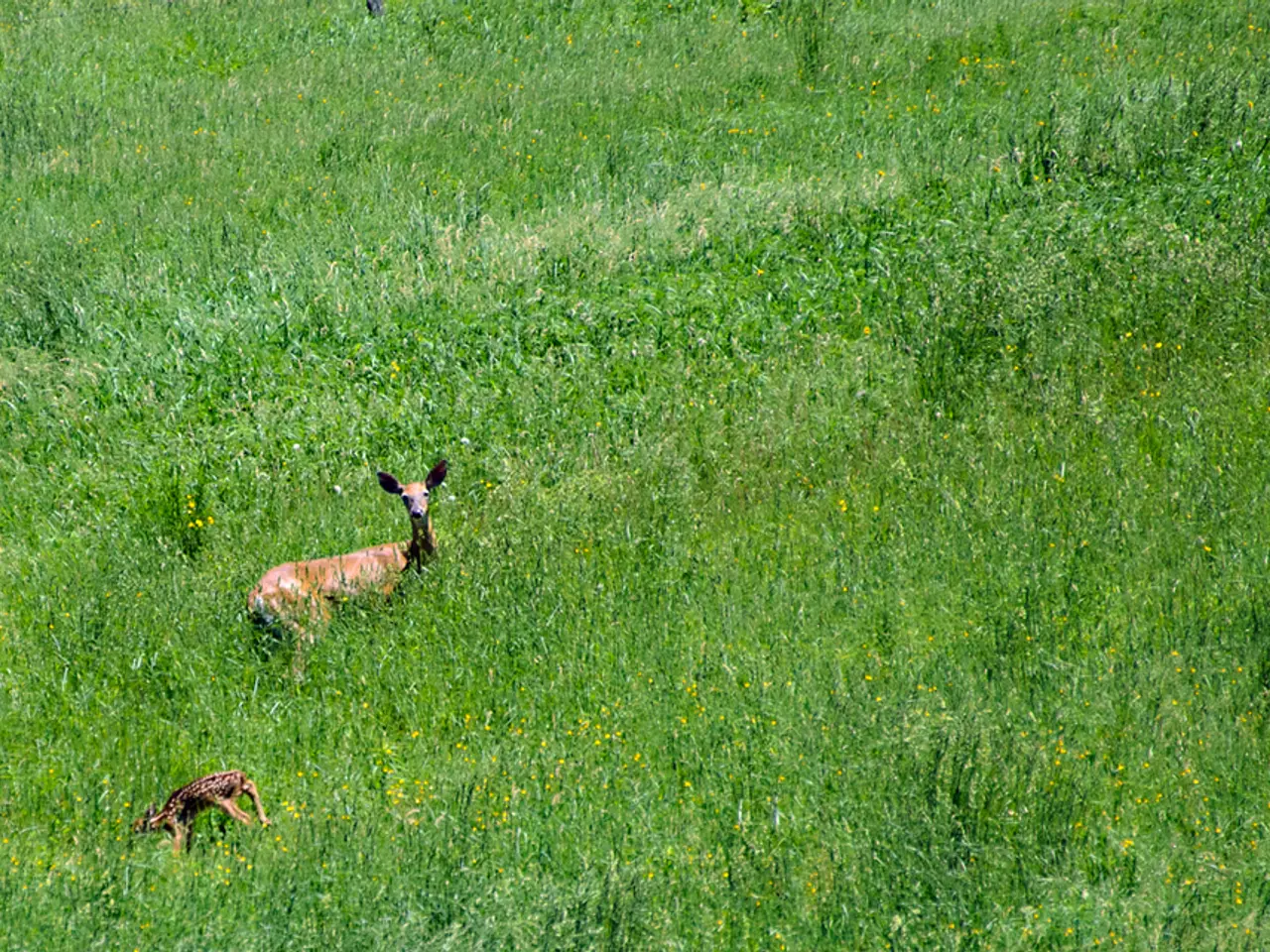Key success narratives from around the world, demonstrating the positive impact of restoration of crucial species in reestablishing the balance within ecosystems.
In a world grappling with the effects of climate change, the role of certain species in restoring ecosystems and mitigating its impacts is becoming increasingly significant. These keystone species—including the Eurasian beaver, blue wildebeest, grey wolf, water buffalo, plains bison, and muskoxen—play critical roles in shaping vegetation, enhancing biodiversity, influencing soil and water processes, and promoting carbon sequestration.
Eurasian Beavers: Nature's Engineers
The Eurasian beaver, once common throughout Europe and Asia, was driven to extinction in many countries, including the UK, by the sixteenth century. However, their reintroduction has been pivotal in restoring beaver populations and reintegrating them into their natural habitats. Beaver dams capture carbon as the wetlands they create foster new plant growth in the surrounding area, forming a carbon sink. Their engineering activity slows water flow, promotes sediment deposition, and helps sequester carbon in soils and aquatic systems.
Large Herbivores: Regulating Plant Communities
Large herbivores such as the blue wildebeest, water buffalo, plains bison, and muskoxen regulate plant communities through grazing and browsing. This influences vegetation succession, maintains grasslands and savannahs, controls woody plant encroachment, and stimulates plant growth cycles, which can enhance carbon uptake by plants and soils.
For instance, the blue wildebeest is essential to the Serengeti's role as a carbon sink. Their grazing patterns help maintain the grasslands, preventing the encroachment of woody plants that could lead to a decrease in carbon storage. Similarly, muskoxen roam the tundra in search of roots, mosses, and lichens, and in winter, they use their hooves to dig through snow to graze. This disturbance of the soil aids in carbon sequestration by promoting plant growth.
Predators: Maintaining Balanced Trophic Dynamics
Predators like grey wolves help maintain balanced trophic dynamics. By regulating herbivore populations, they prevent overgrazing, allowing vegetation and soil carbon storage to recover, while supporting ecosystem resilience.
The Impact on Climate Change
Together, these species impact multiple ecological processes—plant community composition, soil dynamics, water cycles, and biodiversity—that contribute to ecosystem functions including carbon storage and climate regulation. Protecting and restoring populations of keystone species via rewilding and habitat management drives healthier, more resilient ecosystems capable of mitigating climate change effects.
While much research highlights their ecological importance, the specific mechanisms and quantitative carbon benefits vary by species and ecosystem type. Nonetheless, keystone species are widely recognized as crucial agents for ecosystem restoration and natural climate solutions.
The Comeback of Water Buffaloes
Water buffaloes, once common in Eastern Europe, were wiped out due to political and industrial upheavals in the 1900s. However, in May 2021, 18 water buffaloes were reintroduced onto Ermakov Island on the Danube, and the ecosystem quickly began thriving with life. The reintroduction of water buffaloes has had a significant impact on the Danube Delta, restoring balance to the ecosystem and creating new habitats for various species.
Similarly, the restoration of the blue wildebeest population is considered one of the greatest conservation success stories in recent times, as it brought the Serengeti's landscape back into balance. The reintroduction of bison has had a significant impact on the landscape, as their effect could be seen from space.
In conclusion, keystone species like Eurasian beavers, blue wildebeest, grey wolves, water buffalo, plains bison, and muskoxen play vital roles in mitigating climate change and restoring ecosystems. Their reintroduction and conservation efforts are essential for a healthier, more resilient planet.
- The restoration of keystone species populations, such as the Eurasian beaver, water buffalo, and blue wildebeest, promotes natural health-and-wellness practices by enhancing ecosystem resilience and carbon sequestration, contributing to climate change mitigation.
- The role of science in understanding the impact of keystone species on their ecosystems, including the regulatory effects of grey wolves on herbivore populations and the carbon-sequestering abilities of beaver dams, is paramount for devising effective measures for ecosystem restoration and fighting climate change.
- Fitness-and-exercise can be linked to the ecological role of certain keystone species, such as large herbivores like the plains bison and muskoxen, that maintain balanced plant communities through their grazing and browsing activities, promoting plant growth cycles and carbon uptake by plants and soils.




